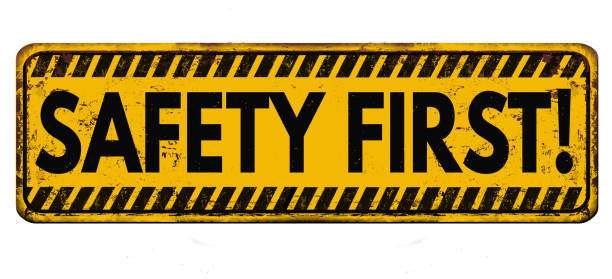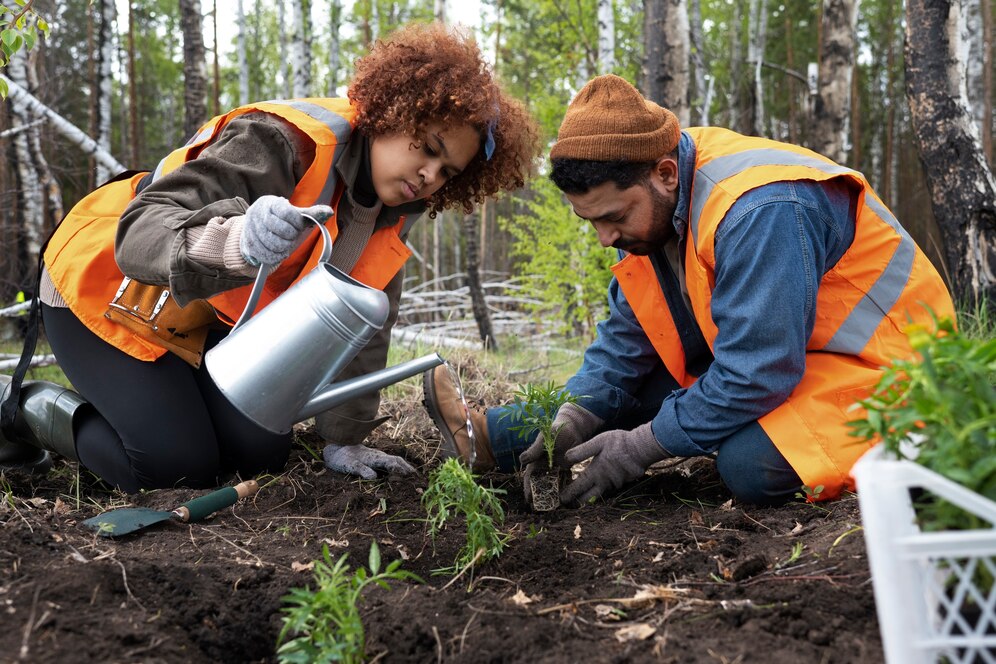Understanding the diverse world of plants is an essential skill for nature enthusiasts, gardeners, hikers, and anyone interested in biodiversity. The ability to identify plants not only enriches our appreciation of the natural world but also aids in activities such as foraging, gardening, and conservation. This comprehensive guide will provide you with various methods and resources to identify plants, whether you’re a beginner or more advanced in your botanical knowledge.
The Importance of Plant Identification
Identifying plants has numerous benefits. It helps in:
Education and Awareness: Understanding which plants are native or invasive can play a vital role in local ecosystems.
Safe Foraging: Knowing which plants are edible or medicinal is crucial for foragers and herbalists.
Gardening and Landscaping: Proper plant identification contributes to better gardening practices and enhances the aesthetic value of landscapes.
Biodiversity Conservation: Identifying plant species assists in conservation efforts, allowing individuals and organizations to protect endangered plants.
>>> Buy now: Retro Pet Cat Plant aLover Easily Distracted By Plants Cats T Shirt
Basic Plant Biology
Before diving into identification techniques, it’s useful to understand some fundamental aspects of plant biology:
Parts of a Plant: Familiarize yourself with common plant structures, including roots, stems, leaves, flowers, and seeds. Different species exhibit diverse shapes and sizes in these parts.
Plant Classification: Plants are classified into two main categories: flowering (angiosperms) and non-flowering plants (gymnosperms, ferns, mosses). Within these categories, they are further divided into families, genera, and species.
Methods for Identifying Plants
1. Field Guides and Identification Books
Field guides are an invaluable resource for both novice and seasoned plant identifiers. These books are typically organized by plant families and include images and descriptions of plants native to specific regions. When choosing a field guide, look for the following features:
Visual Aids: High-quality photographs or illustrations are essential for accurate identification.
Range Maps: These provide information on where specific plants are typically found, aiding in narrowing down possibilities.
Detailed Descriptions: Look for descriptions that cover flowering times, habitats, and notable characteristics.
2. Mobile Apps
With the advent of technology, various apps have emerged that can help identify plants quickly and easily. Some popular plant identification apps include:
PlantSnap: Allows users to take a picture of a plant, which the app then matches against a large database to identify it.
Seek by iNaturalist: Encourages exploration by rewarding users for identifying and documenting plant species.
PlantNet: Focuses on crowdsourcing knowledge to improve plant identification through user-submitted images.
These apps often come with additional features, such as access to community forums for expert support and plant care tips.
3. Online Databases and Forums
The internet is rich with resources for plant identification:
iNaturalist: This platform allows users to upload photos of plants and receive assistance from a community of naturalists.
Botanical Society Websites: Institutions often maintain directories of plants native to the region, including identification keys and images.
Social Media: Groups on platforms like Facebook and Reddit can provide quick responses and advice on plant identification.
4. Observation and Note-taking
When identifying plants in the field, take the time to observe:
Location and Habitat: Note where the plant is growing (e.g., wetland, forest, urban area) as different plants thrive in specific environments.
Seasonality: Some plants have distinct features only visible during certain times of the year, such as flowers or fruits.
Growth Habit: Understand whether the plant is a tree, shrub, herb, or vine, as this will help narrow down possibilities.
Leaf Structure: Examine leaf types (simple vs. compound), arrangements (alternate, opposite, whorled), and edge types (smooth, serrated).
Keep a notebook or mobile device handy to jot down your notes and attach photographs. This data can serve as a reference for future identification attempts.
5. Using Dichotomous Keys
Dichotomous keys are tools that allow users to identify plants by answering a series of questions about observable traits. This method can be more systematic and may help you arrive at the correct identification:
Character Traits: Focus on distinguishing, observable traits, such as leaf arrangement, flower structure, and growth form.
Step-by-Step Process: Move through the steps until you arrive at the final identification. It may take time, but it builds in-depth knowledge of plant anatomy.
Special Considerations
Safety First
When foraging or interacting with plants, always exercise caution. Some plants can be toxic or harmful if ingested or improperly handled. Familiarize yourself with potentially hazardous plants in your area and consult multiple sources before consuming any plant.

Legal Considerations
Before foraging or harvesting plants, be aware of local regulations. Certain species may be protected by law, and harvesting them can lead to legal repercussions.
Botany Classes and Workshops
For those looking for a more in-depth understanding of plant identification, consider enrolling in local botany courses, workshops, or guided nature walks. These programs often provide hands-on experience and valuable insights from expert instructors.
>>> Read more: Maryland Football’s Rising Stars
Identifying plants in the world is a rewarding pursuit that connects us to nature and deepens our understanding of biodiversity. By utilizing various tools, resources, and techniques outlined in this blog post, you can enhance your plant identification skills, whether you’re wandering through a forest, tending to your garden, or exploring your local park. As you gain experience, remember to share your knowledge with others and contribute to the growing community of plant enthusiasts. Happy identifying!



